Camphorweed
McKee Botanical Gardens
Carolina Wild Petunia
Yellow Milkwort
Golden Aster Scrub Nature Preserve
Sandhill Milkweed
Blue Toadflax
Carolina Sea Lavender
Texas Vervain
Moonflowers
Wakulla Springs State Park
Grass Pink Orchid
Indian Blanket
Indian Blanket, Gaillardia-pulchella, is also commonly known as a Firewheel. Indian Blanket flowers are members of the Aster family, grow to 1.5 feet tall and 2 feet wide, and are considered a short-lived perennial or an annual in Florida.
The Indian Blanket can often be spotted near Florida’s coasts on dry land. Since the early 1700s, this flower has been planted along roadsides much to the delight of Floridians and tourists.
A study done by Marlowe & Hufford in 2007 showed the DNA from the Indian Blanket was similar to those found in the more western species. More recent research by Weakley et al. 2020 has shown more evidence that it was likely cultivated rather than naturally spread.
The bright orange, red, and yellow flowers of the Indian Blanket make a beautiful addition to your garden. Butterflies, bees, and wasps are attracted to its pollen. Titmice, chickadees, and warblers enjoy the seeds. Once the flowers dry up, gather seeds by deadheading the plant. Indian Blankets are dormant in the winter.
Photo Credit: Aymee Laurain
Roadside Wildflowers
Florida has many wildflower test sites along roadsides. In the panhandle, including near I10, you can see miles of these sites. These photos were taken off the side of the road in Live Oak, FL. The projects are part of Florida’s roadside plantings and highway beautification programs by the Florida Department of Transportation.
The area has a total of eight planting districts throughout the state, each with different plant species for those areas. These sites serve two major goals; to increase pollinator populations and diversity and to produce native vegetation that negates the need for mowing. The projects were also found to increase safety (Norcini 2014) and provide a great benefit through carbon sequestration (Harrison 2014). Finally, they add the beauty of true Florida that everyone can enjoy. Have you seen any roadside wildflower sites? Tell us about them in the comments.
Photo credits: Aymee Laurain
Oakleaf Fleabane
Oakleaf fleabane (Erigeron quercifolius) is a native wildflower usually found in wetlands. Also known as Southern fleabane or daisy fleabane, this annual often pops up in disturbed areas. in sandhills, and yards.
The tiny white with pinkish or purplish tinted blooms are no more than 1/2 in diameter. Pollinators love this early bloomer member of the daisy family. Look for Oakleaf fleabane to bloom throughout the spring and summer.
Lance-leaf Arrowhead
Lance-leaf Arrowhead, (Sagittaria lancifolia), is commonly found in freshwater marshes and swamps and along streams, ponds, and lakes. It tolerates brackish water. This native Florida plant, also known as Duck Potato, can grow to 4-feet tall. The plant is a rhizomatous perennial that also reproduces with seed dispersal. It thrives in water up to 12-inches deep and in silty, wet soils.
Birds enjoy the seeds and tubers and use the plants for cover. Other aquatic animals such as fish and insects find shelter in the foliage. Lance-leaf Arrowhead extracts metals and nutrients from water and sediments where it grows. Native Americans used the corms which are bulb-like stem parts as food, to treat wounds, and as herbal medicine to treat a variety of ailments. 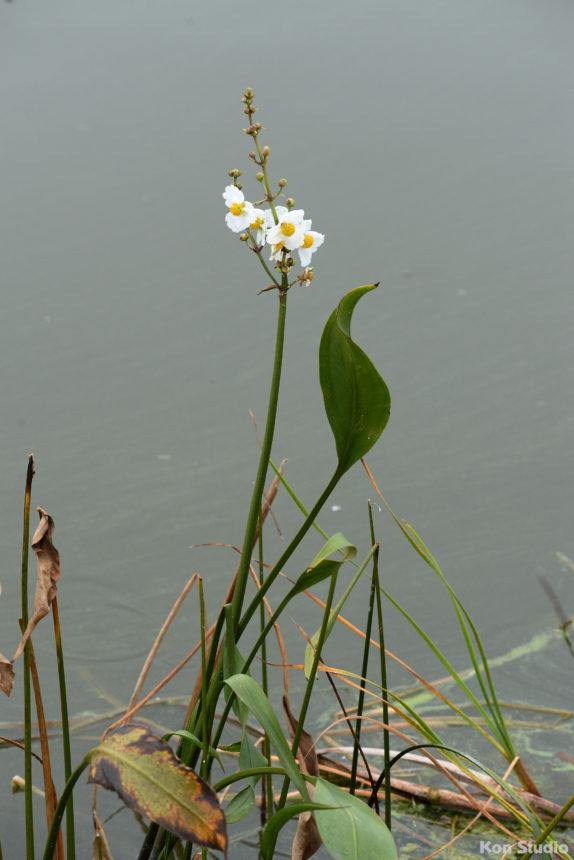
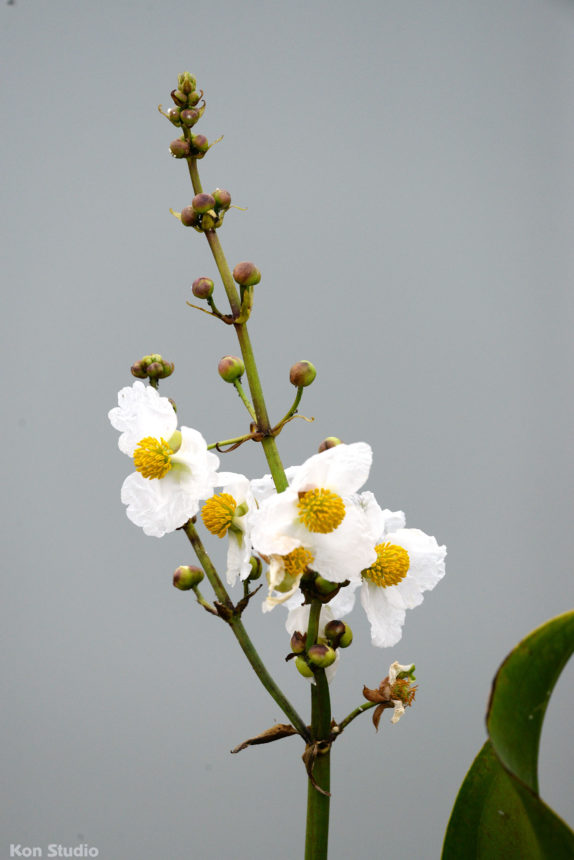
Narrowleaf Yellowtop
Narrowleaf Yellowtop
Native to Florida, the Narrowleaf Yellowtop, Flaveria linearis, is an evergreen perennial commonly found in South Florida and along the coasts of Central Florida. Look for it near mangrove swamps, wet prairies, and tidal marshes. It grows 3 feet tall and produces yellow blooms of 2 -3 inches. Narrowleaf Yellowtop blooms all summer and fall and can be found blooming in the winter and summer too. Bees and butterflies are attracted to this beauty.
Toothed Rein Orchid
Toothed Rein Orchid, Habenaria floribunda –
Toothed Rein Orchids are found only in Central and South Florida where they thrive in damp thickets and hardwood hammocks. They can grow to just over 3 feet tall. Each orchid has 5-12 bright, glossy green leaves and 10-60 flowers and lips. The flowers are light green but appear more yellow in South Florida. Fall blooms appear in September in Central Florida and bloom into February in South Florida. The flowers of the Toothed Rein Orchid have an unpleasant odor that is most noticeable around dusk.

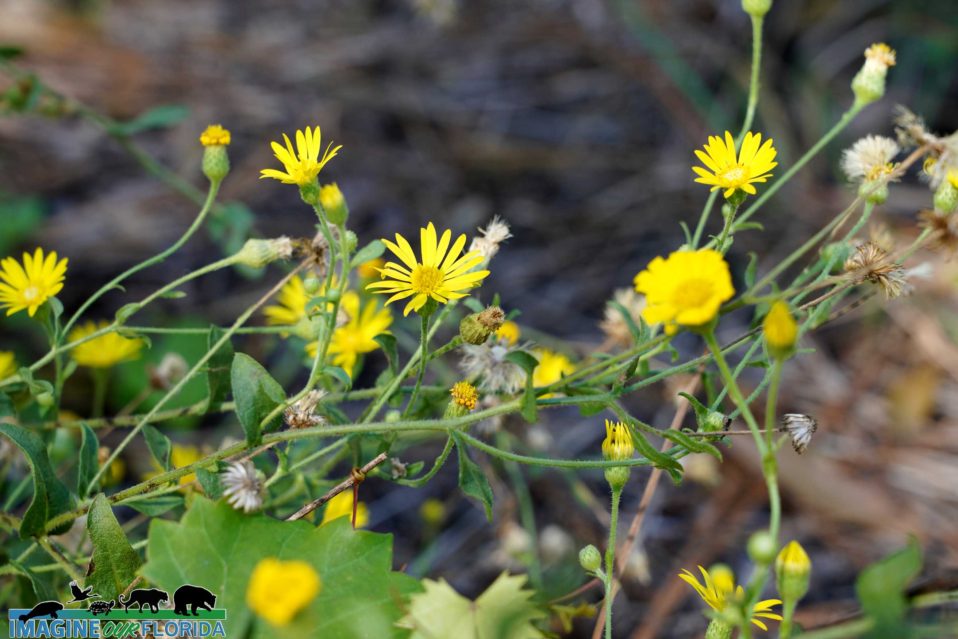
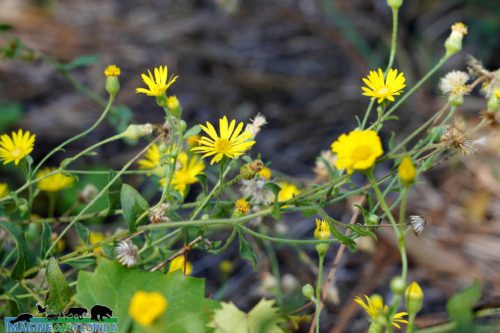
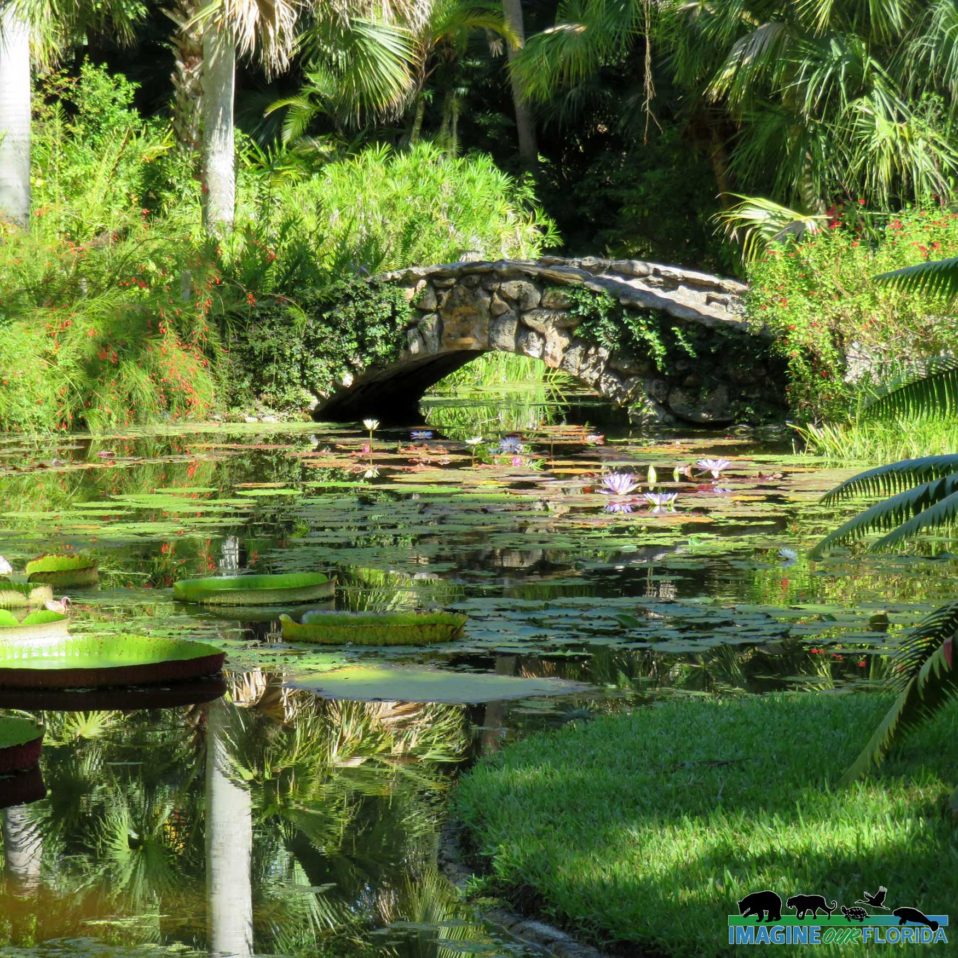
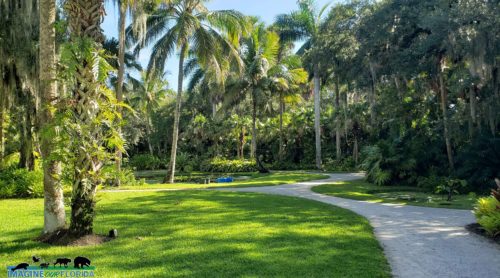
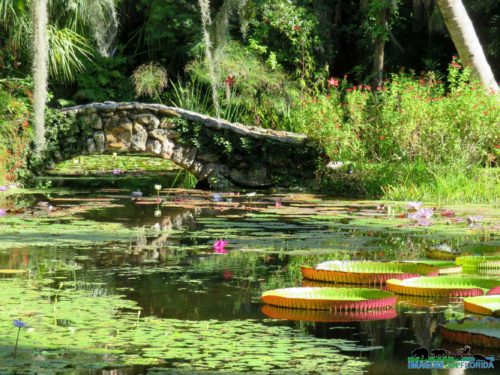
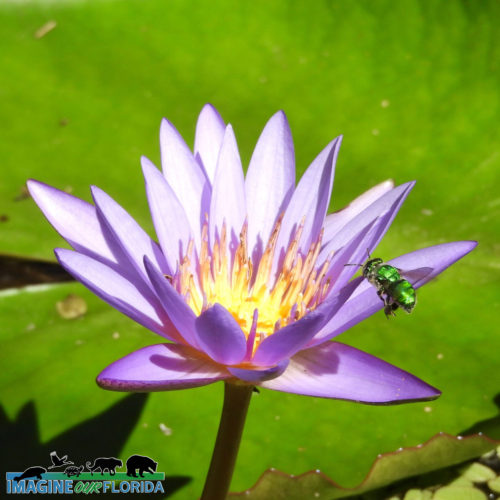
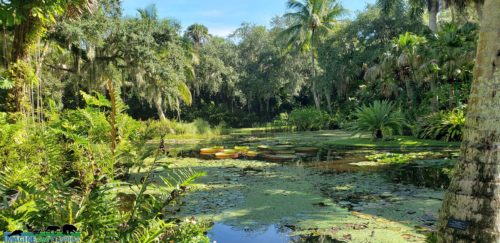
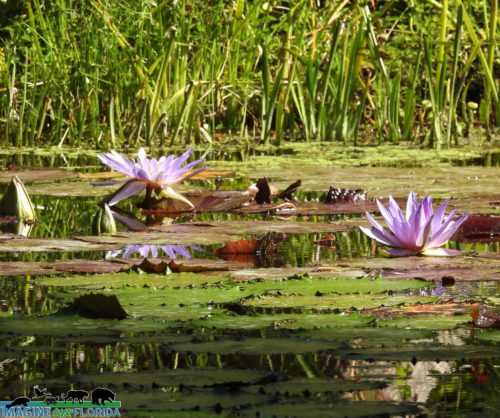
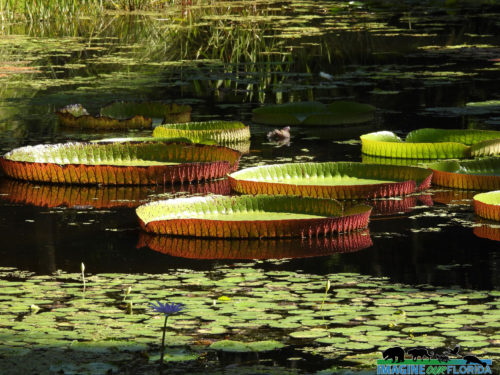
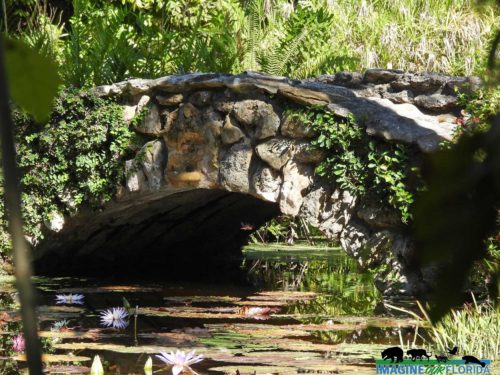
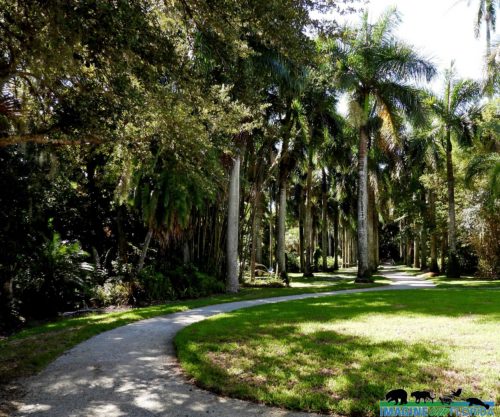
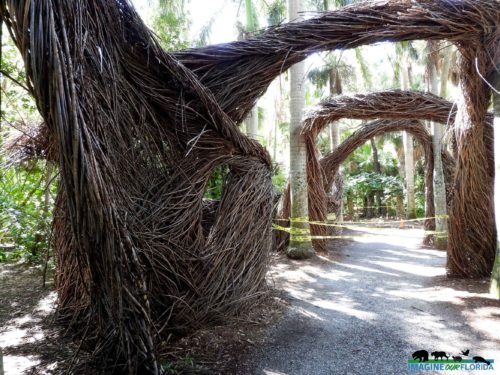
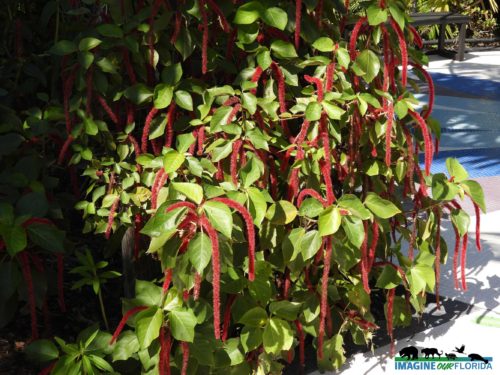
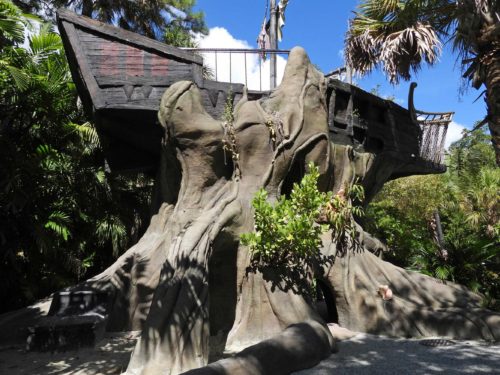
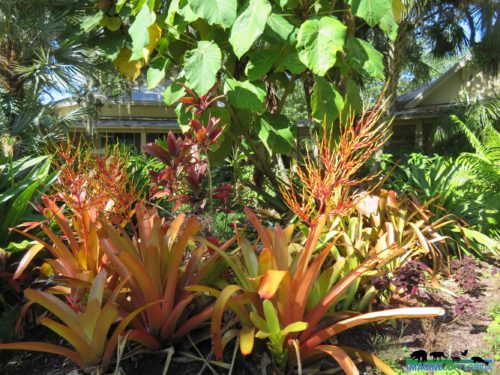
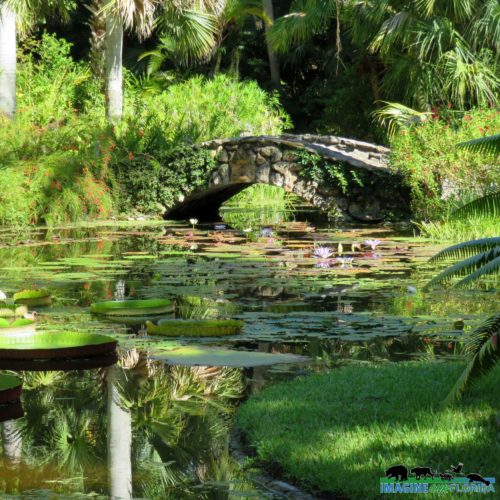
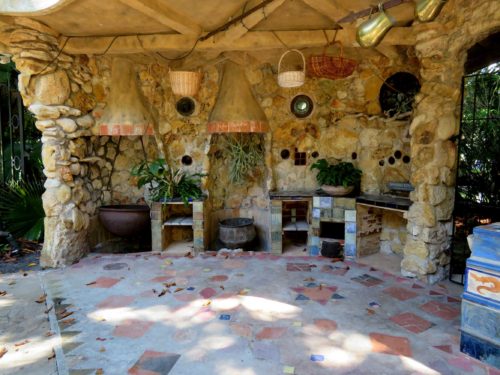
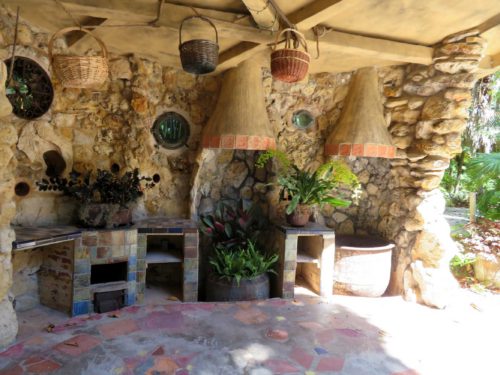
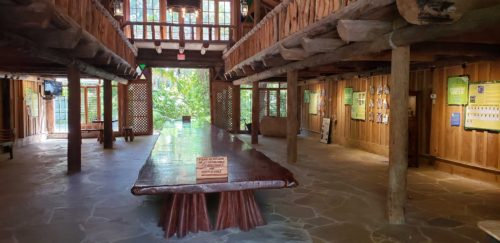
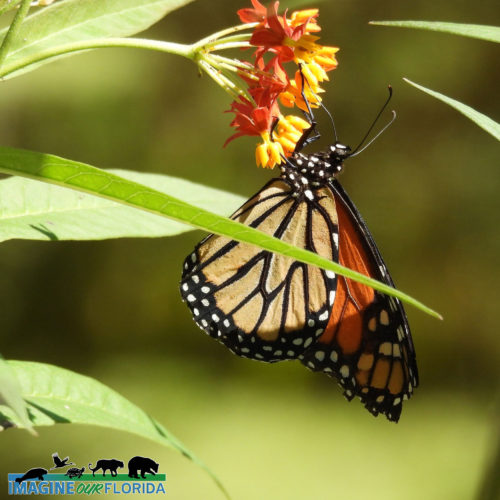
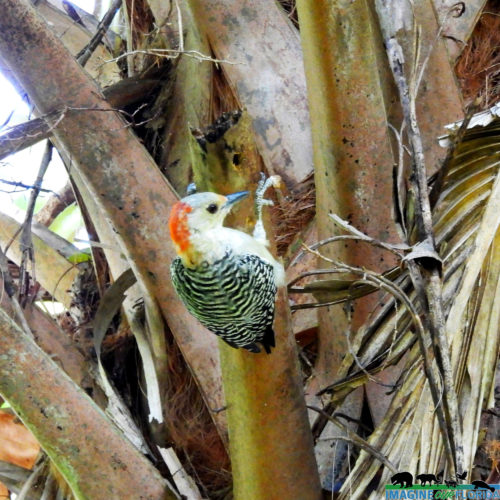
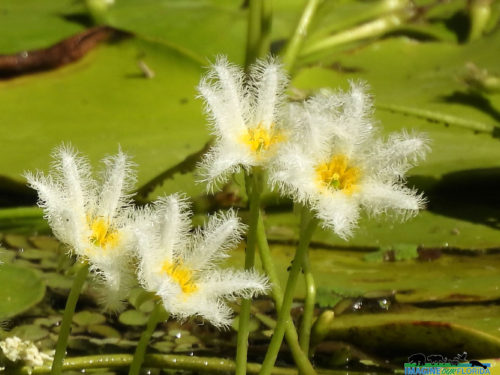
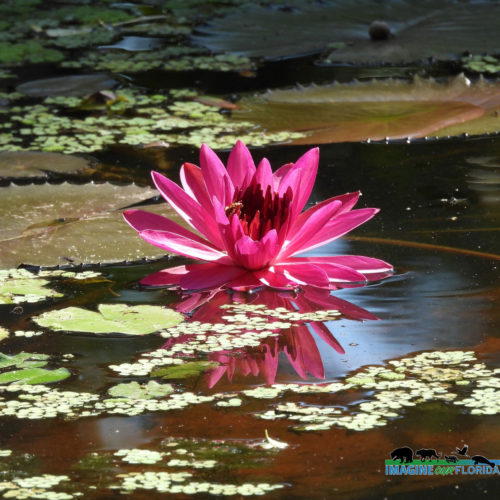
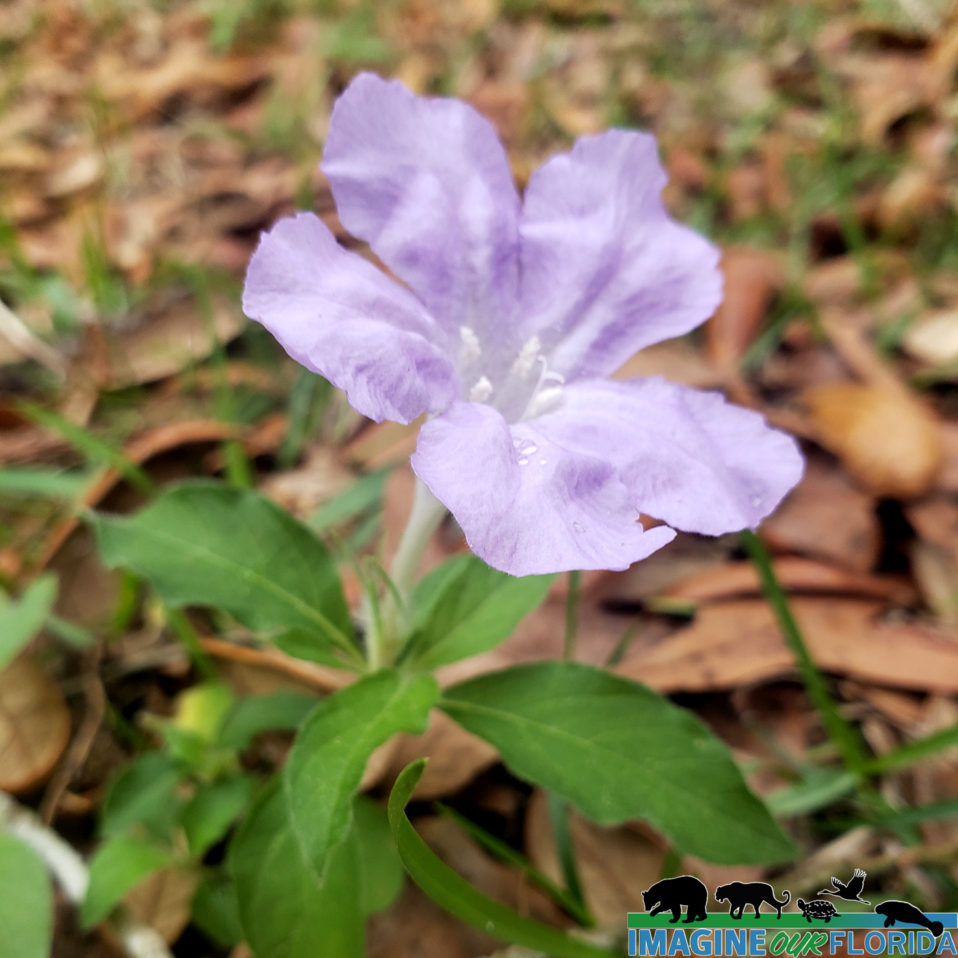
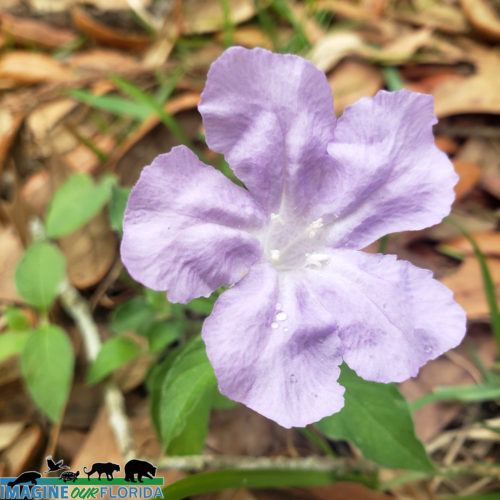
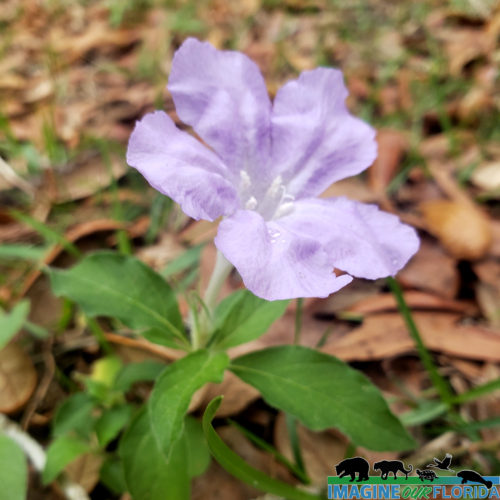
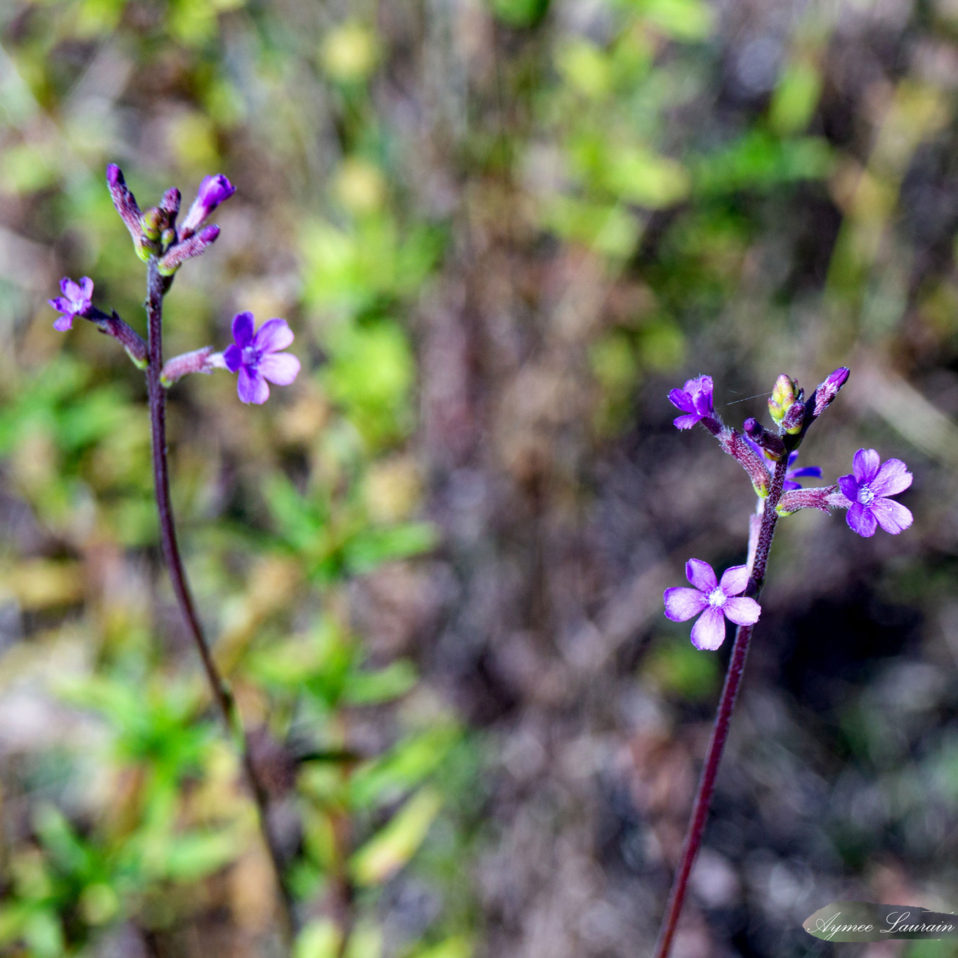
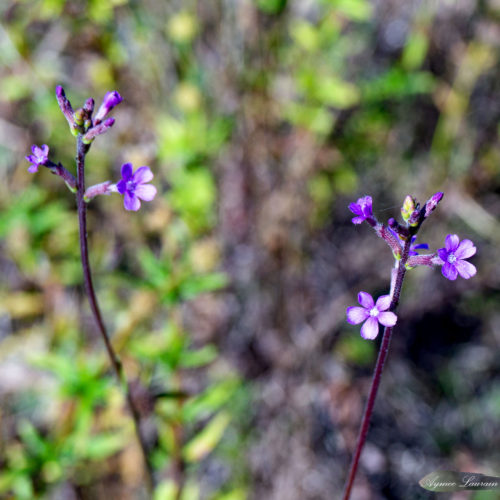
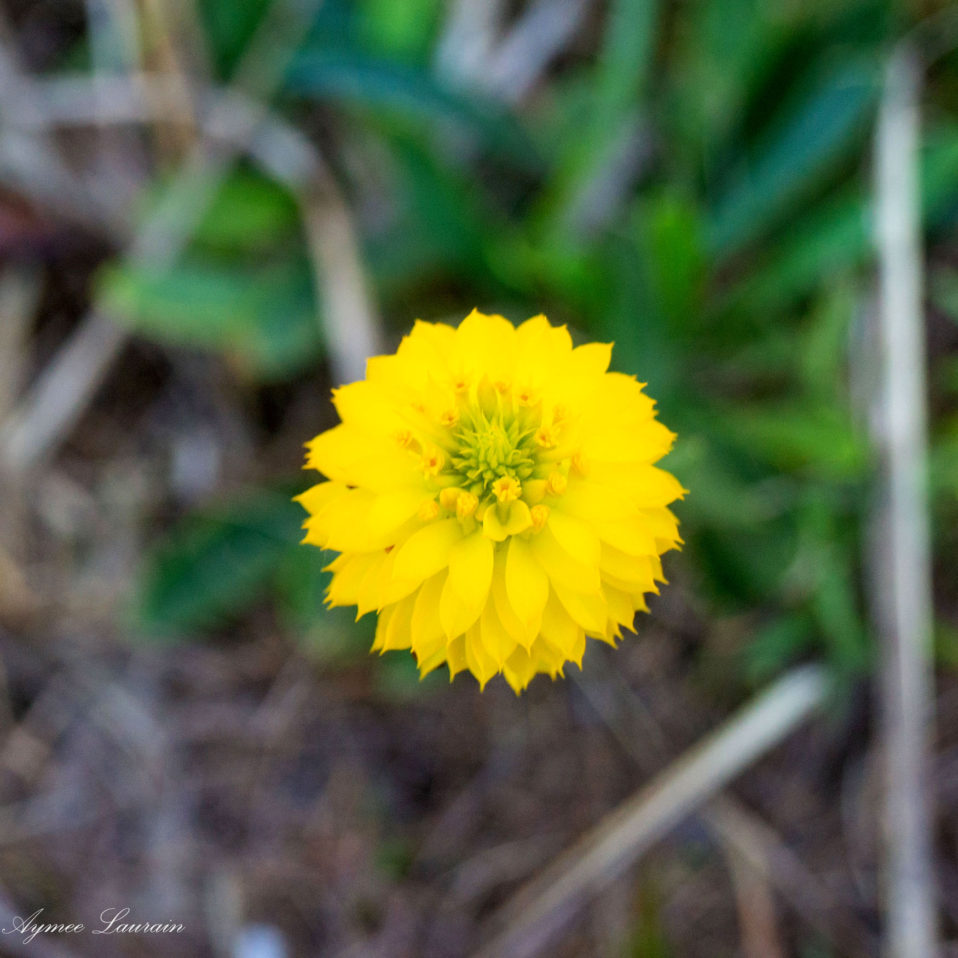
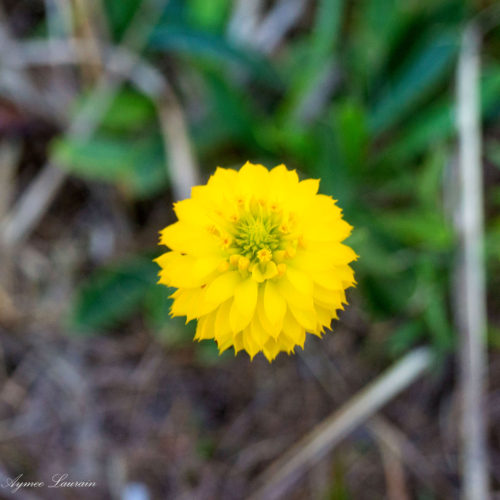
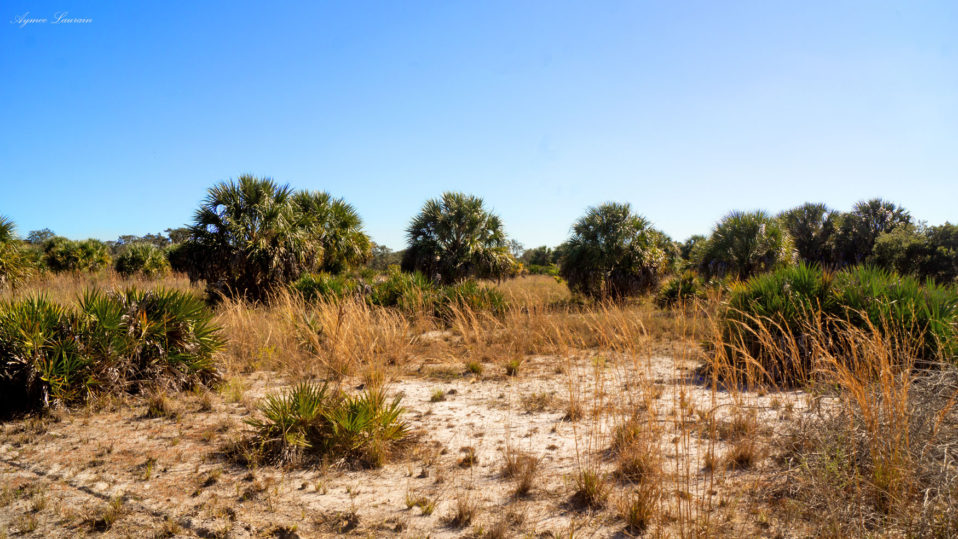
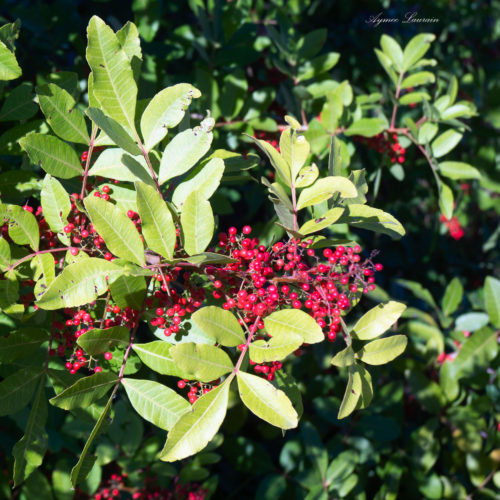
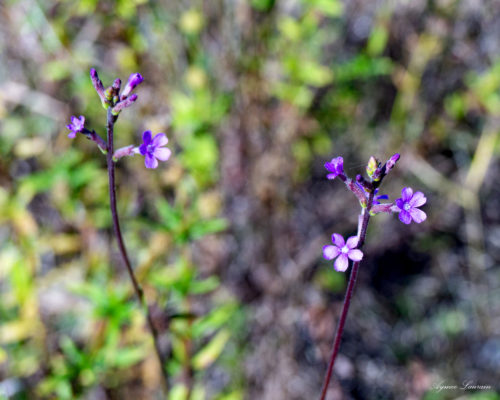
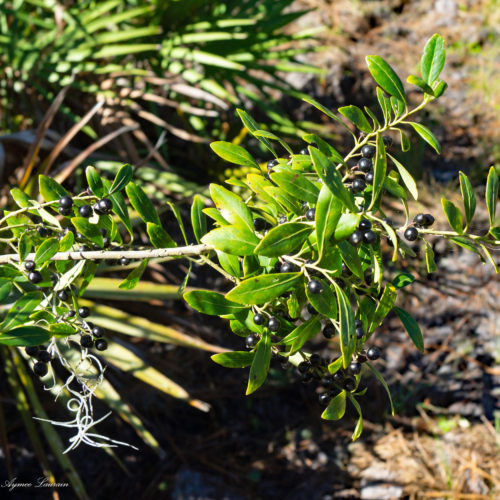
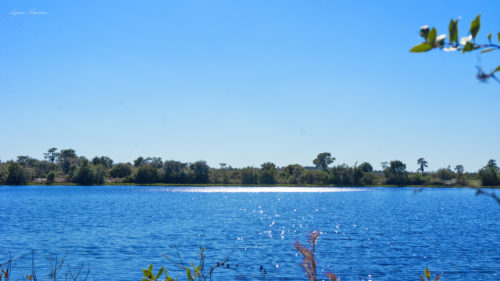
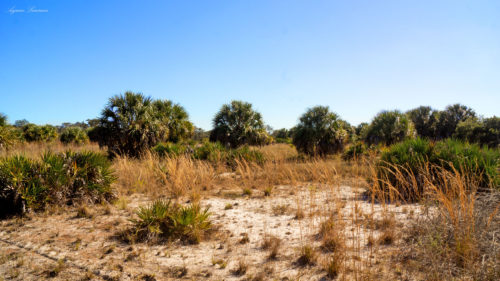
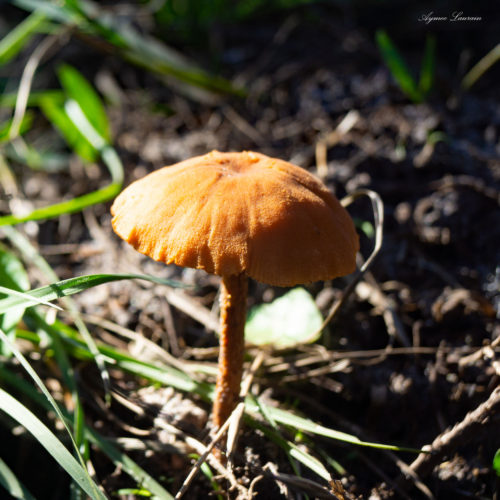
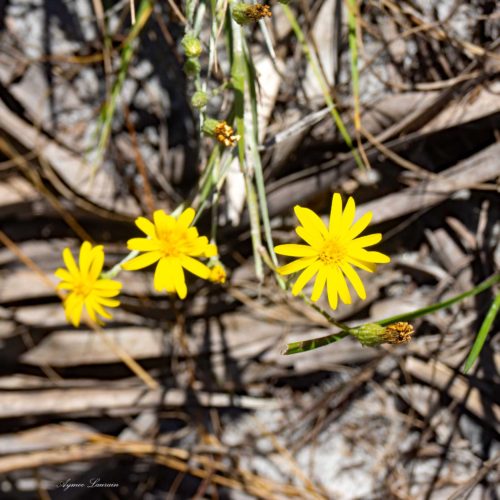
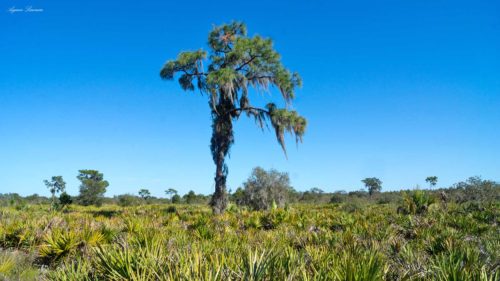
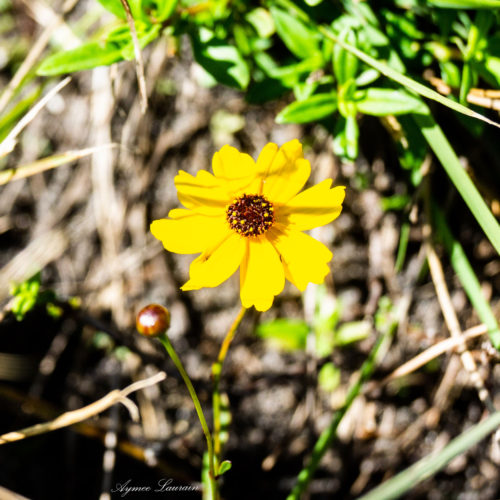
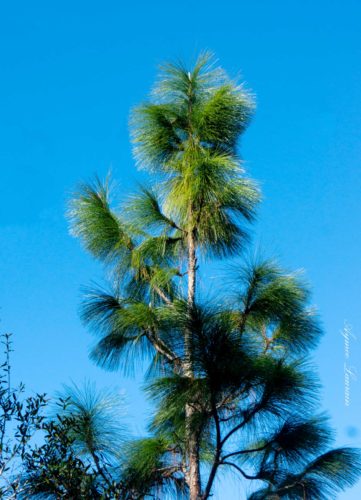
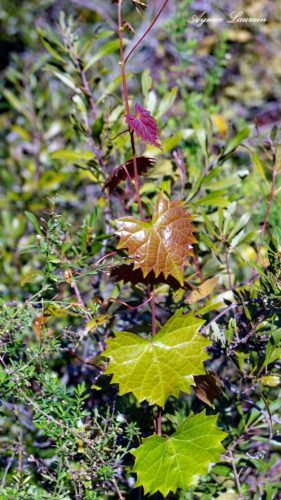
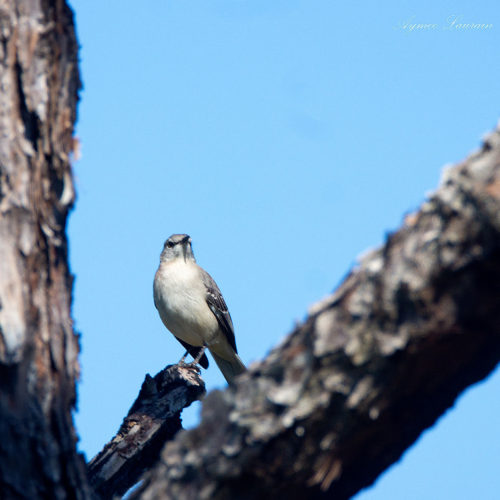
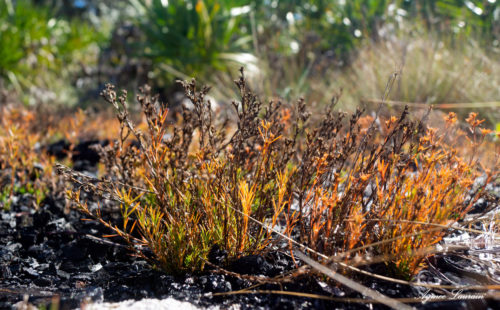
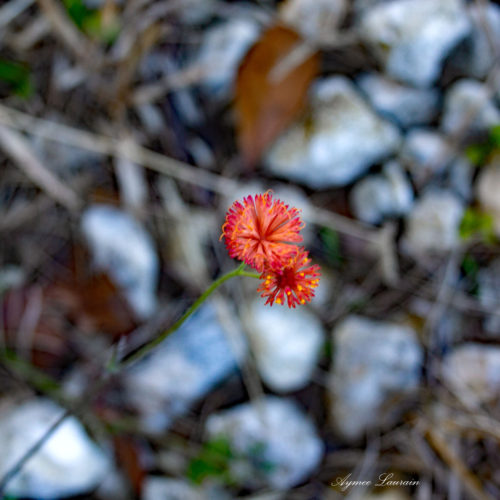
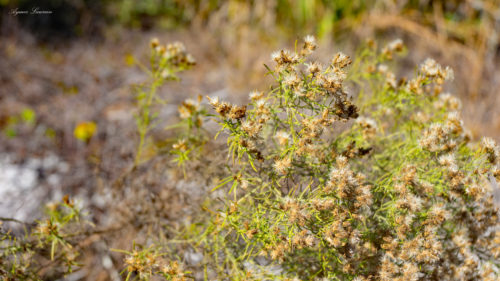
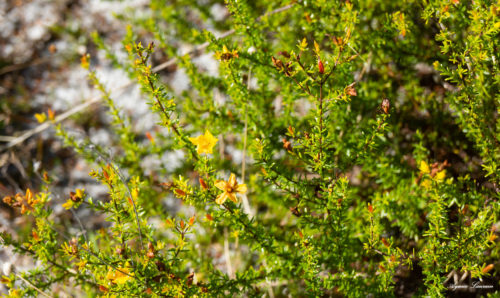
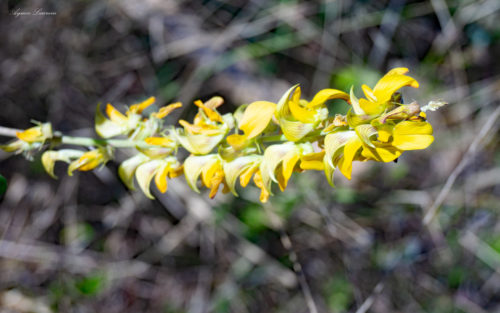
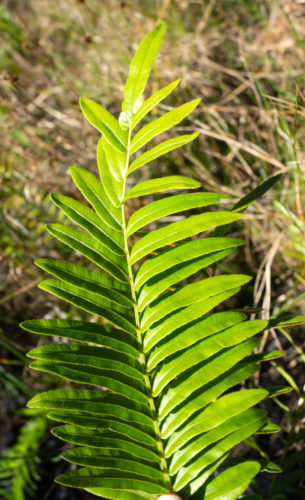
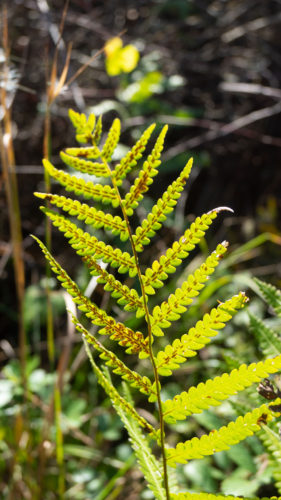

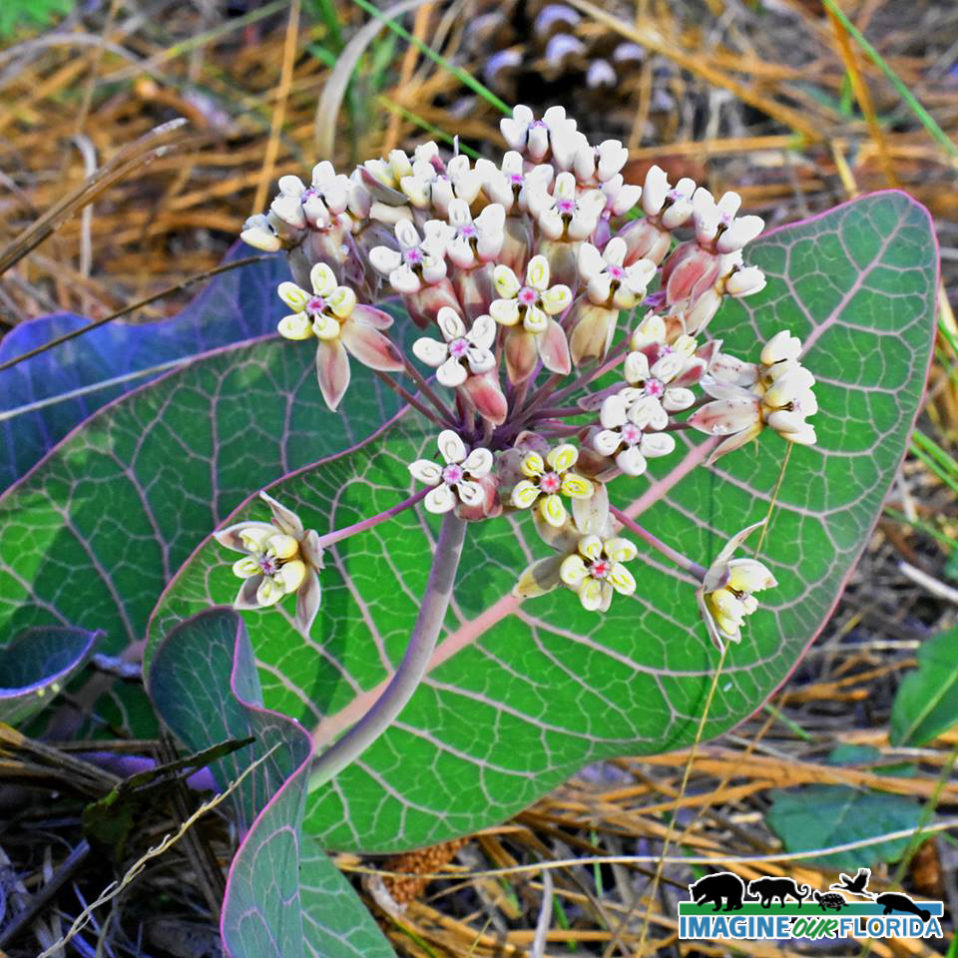
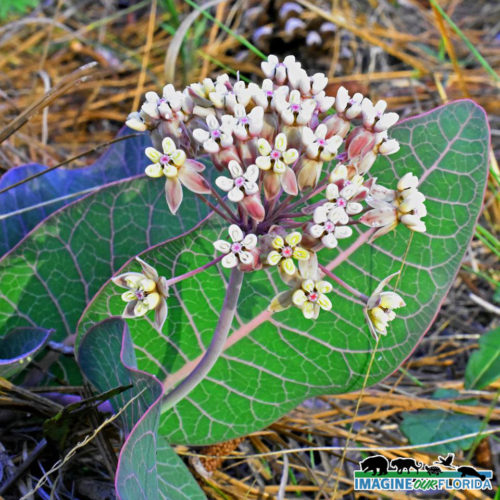
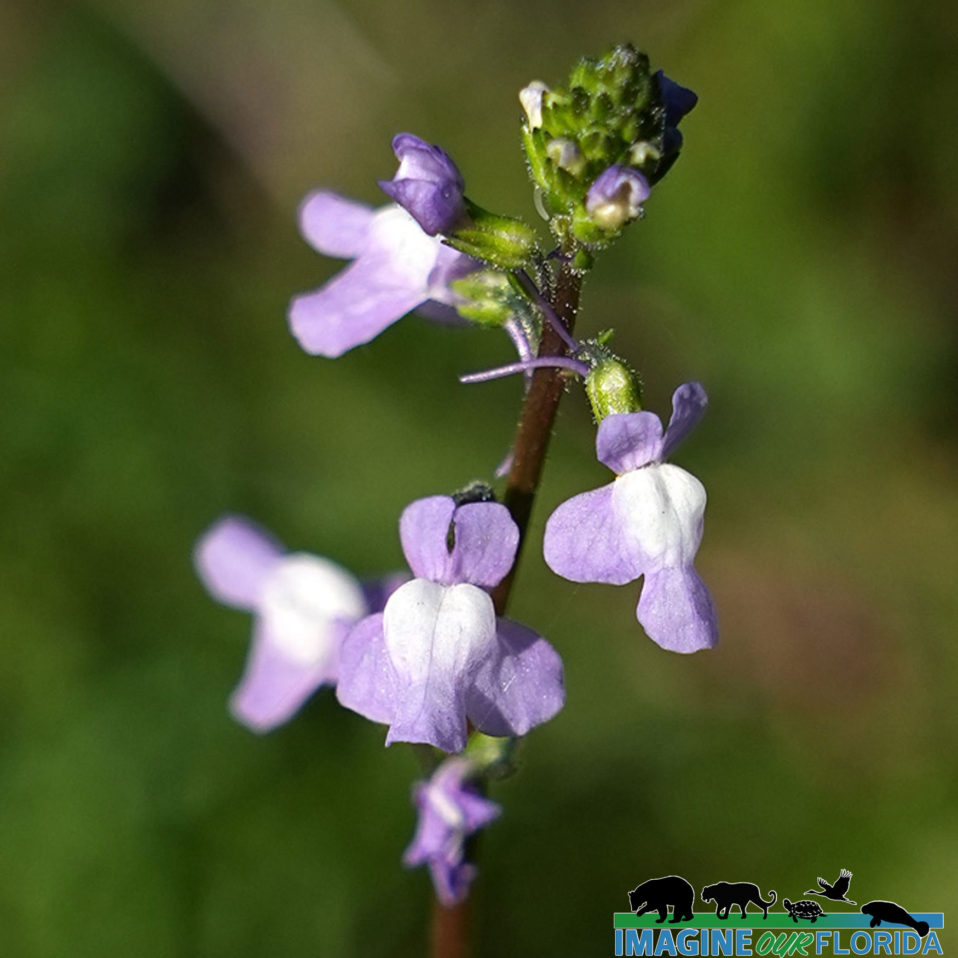
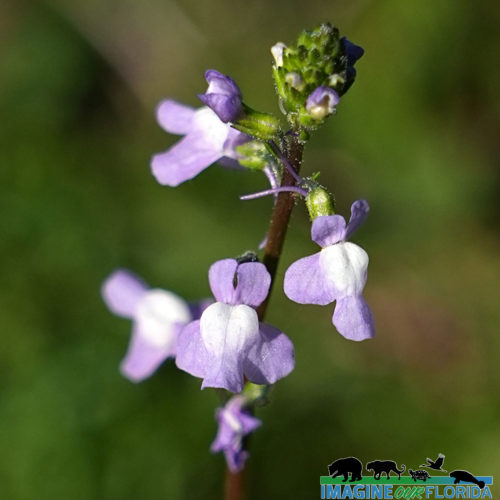
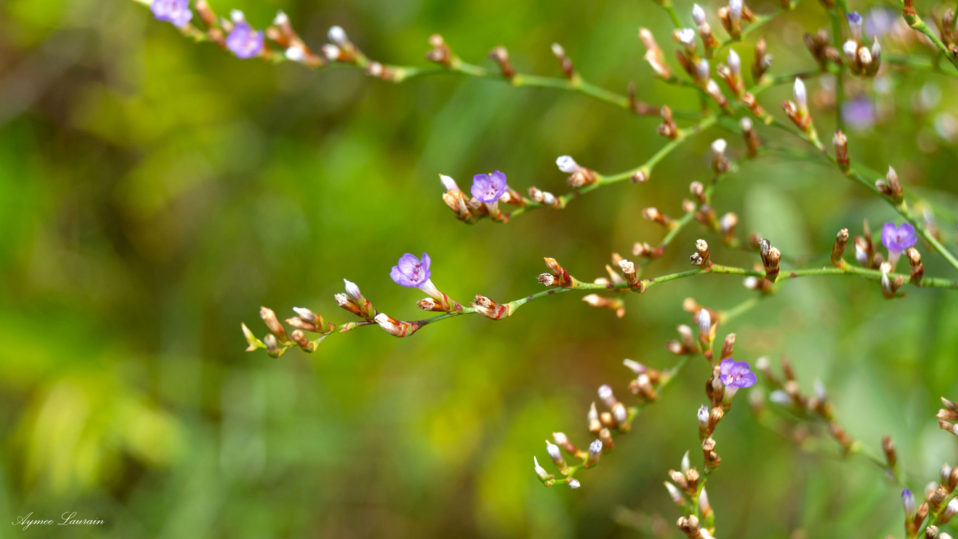
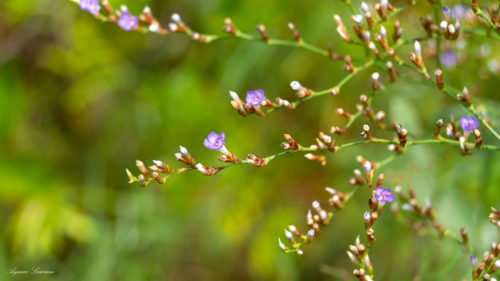
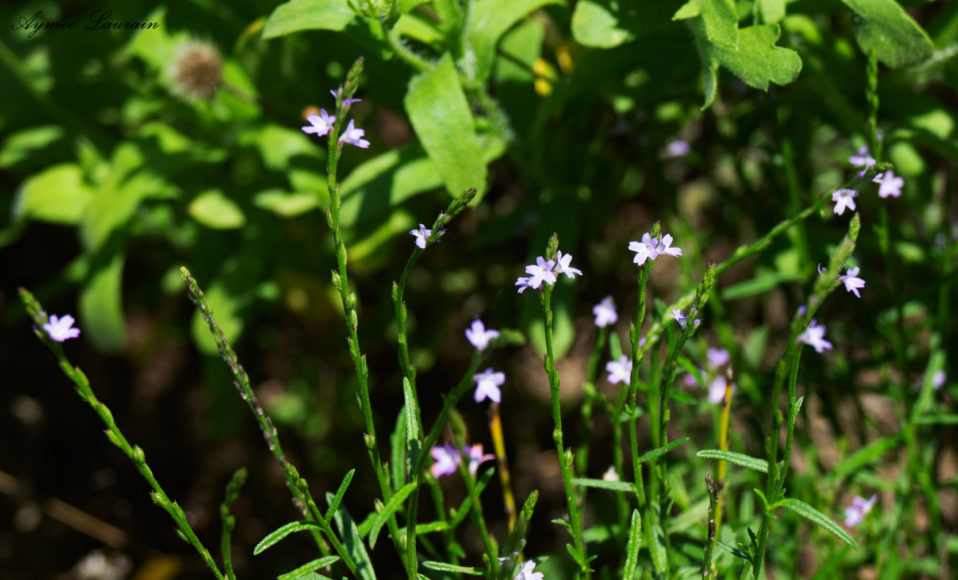
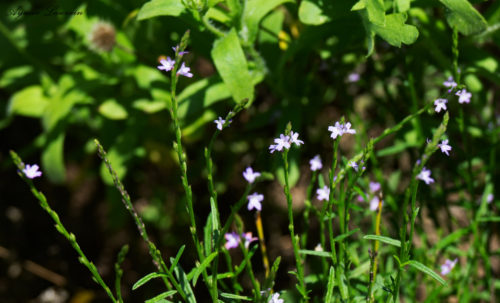
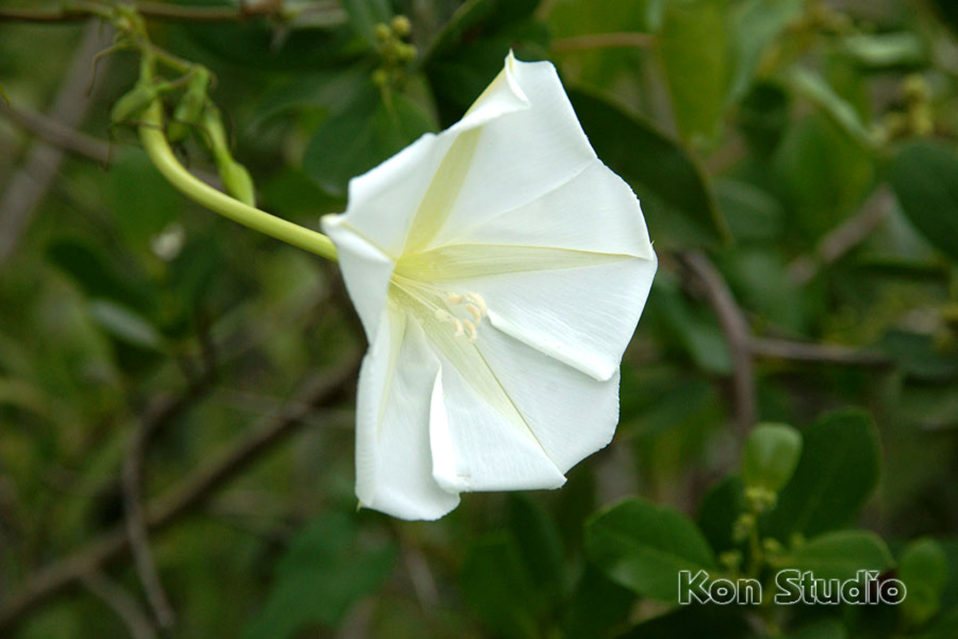
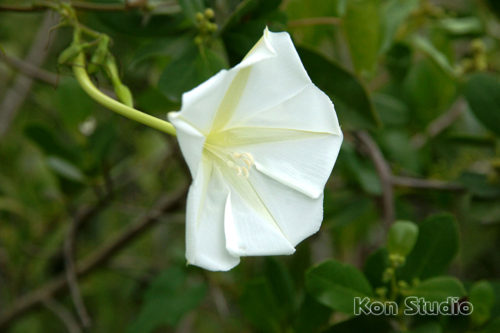
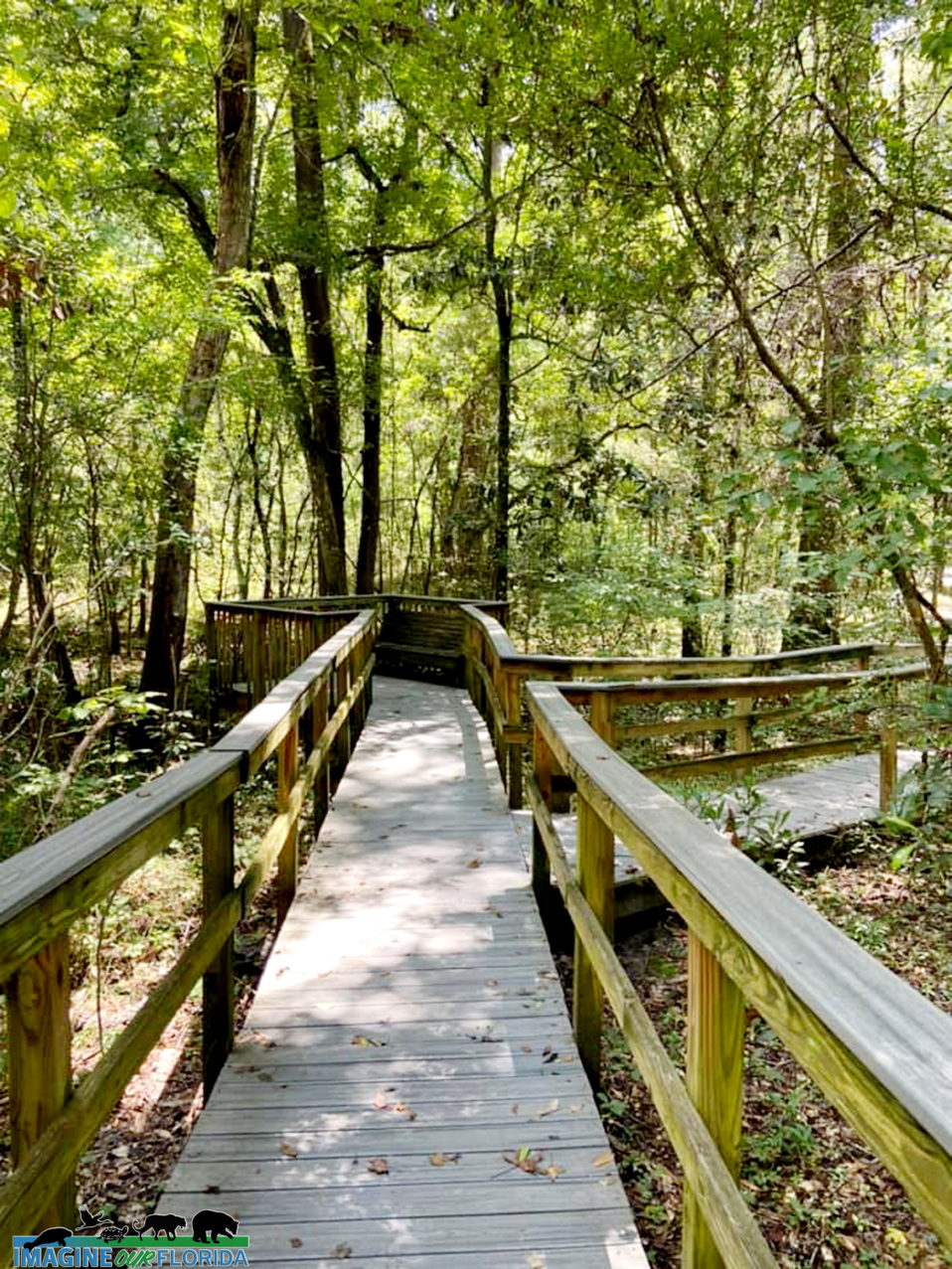
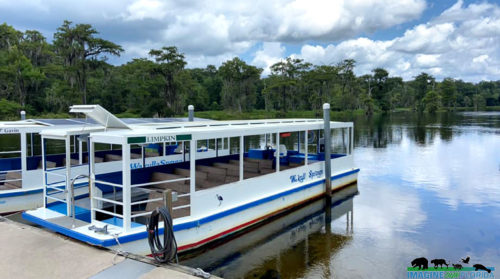
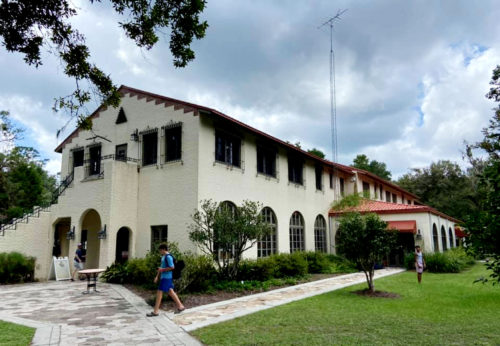
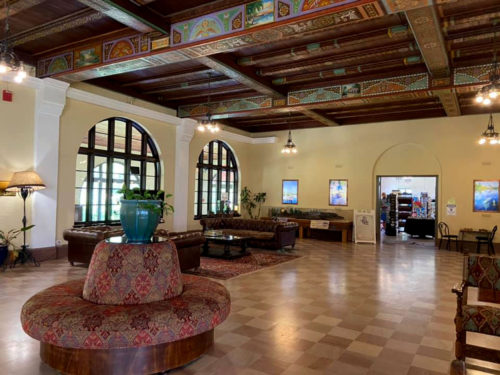
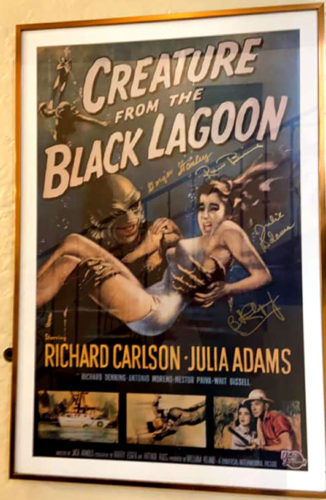
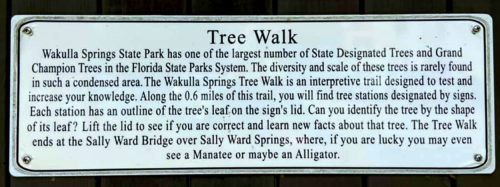
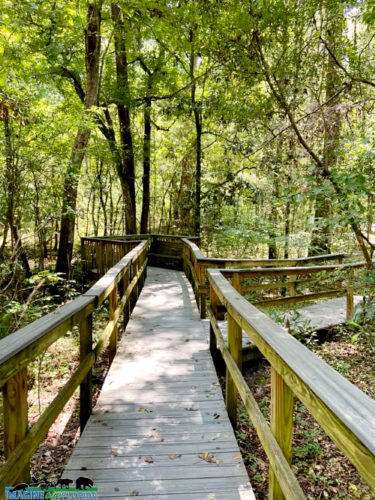
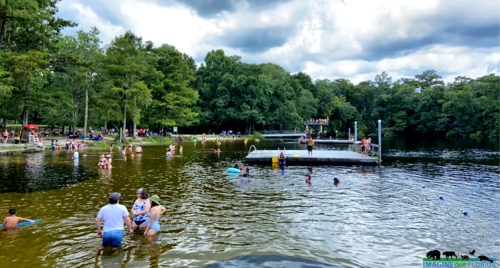
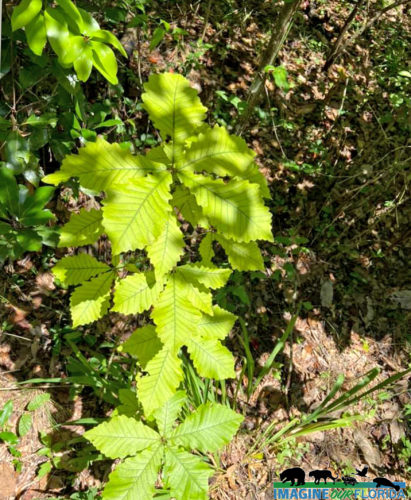
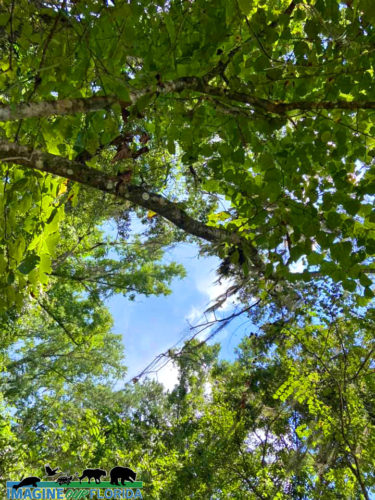
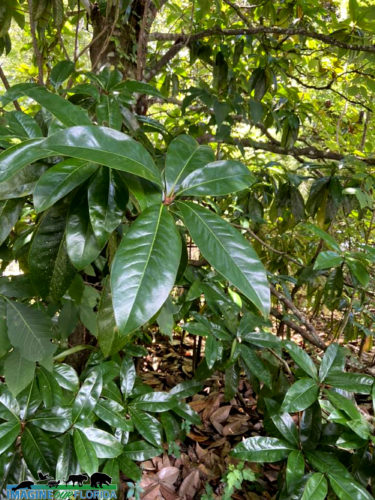
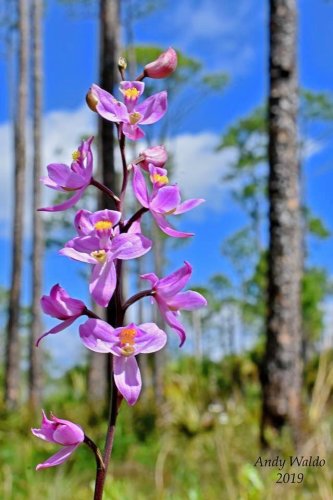
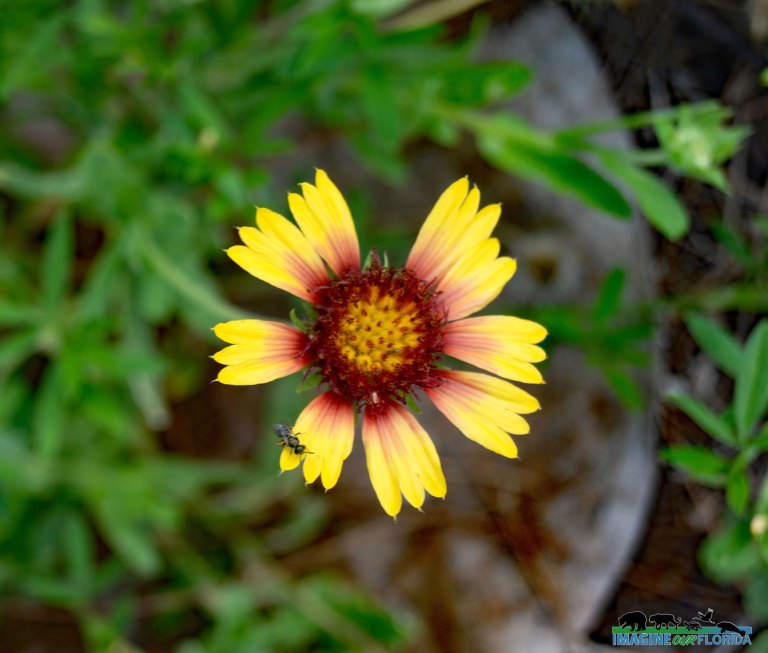
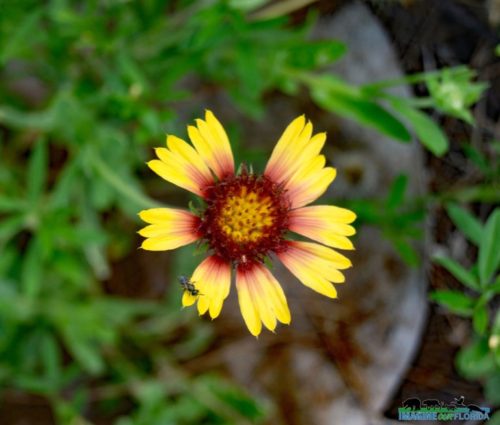
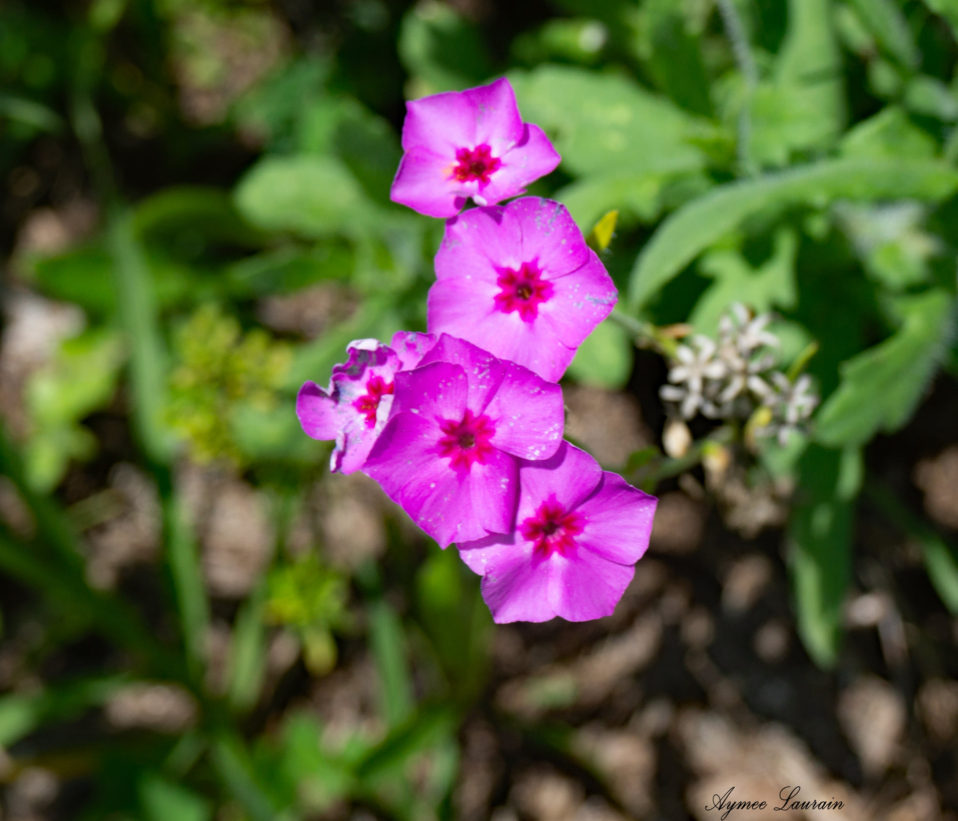
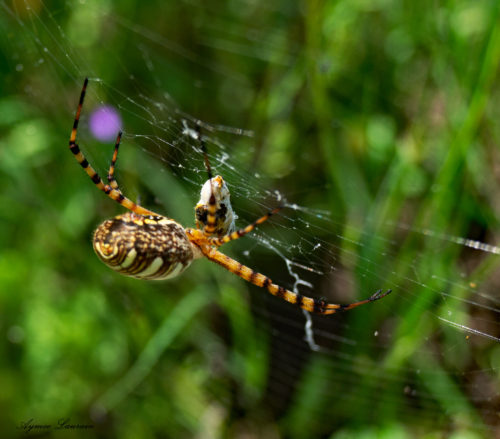
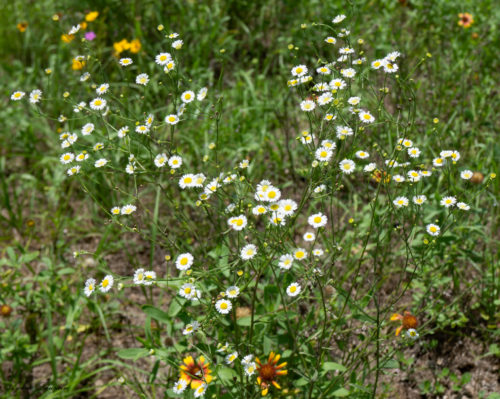
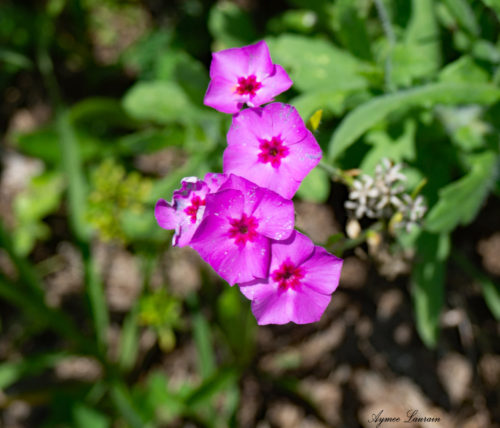
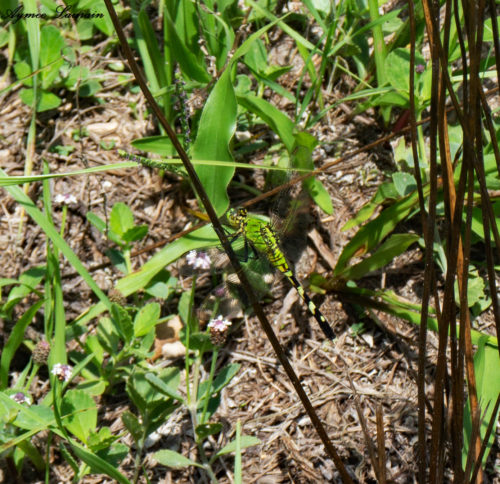
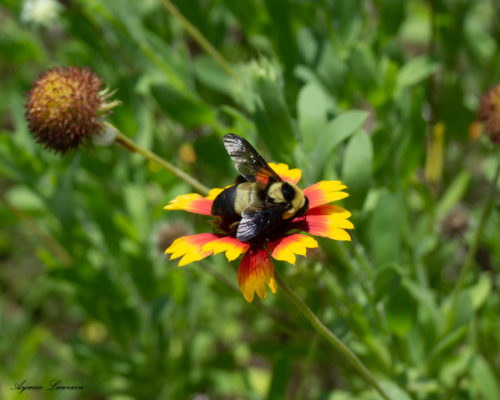
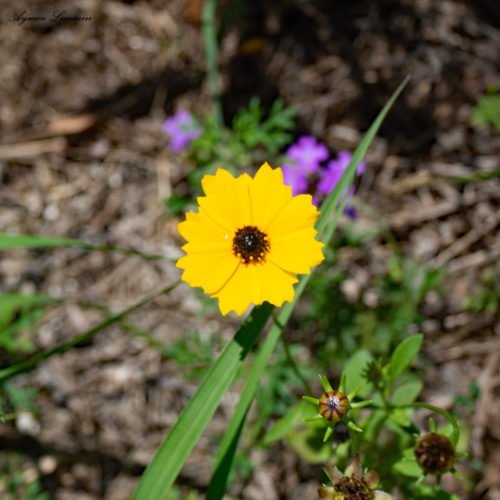
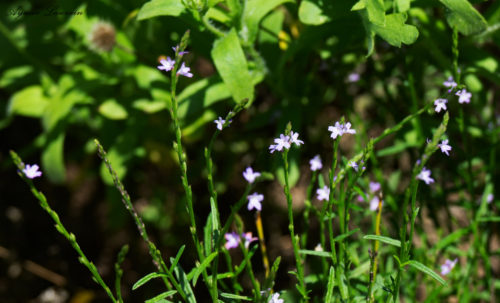
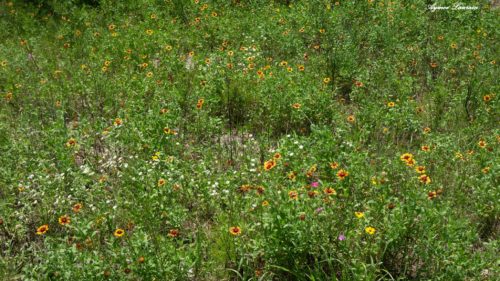
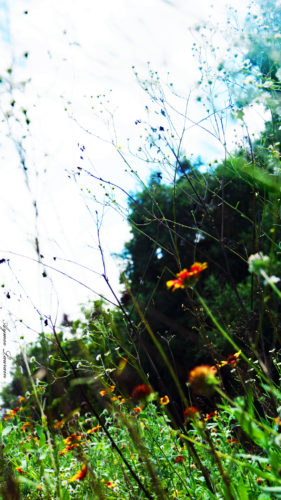
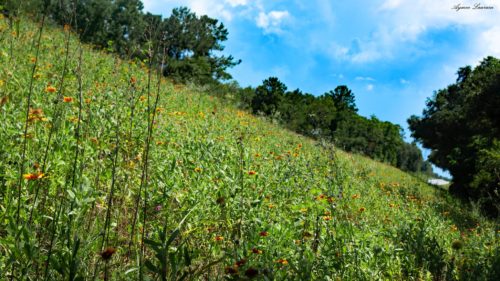
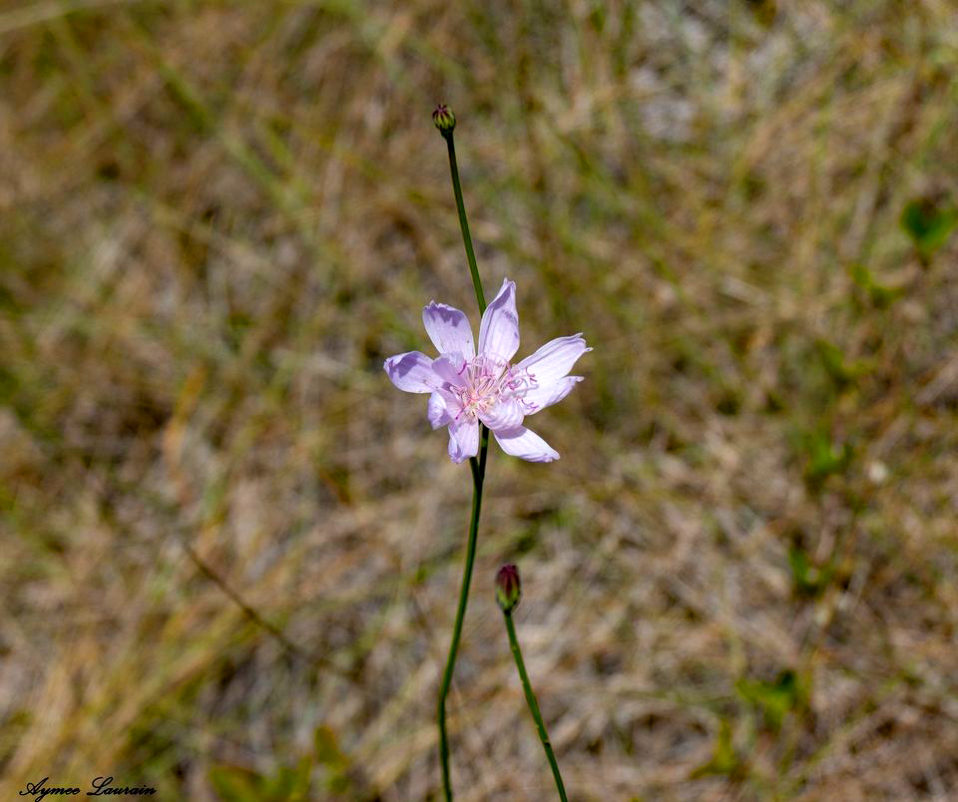
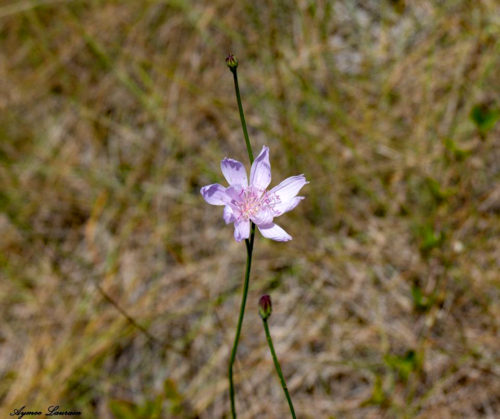
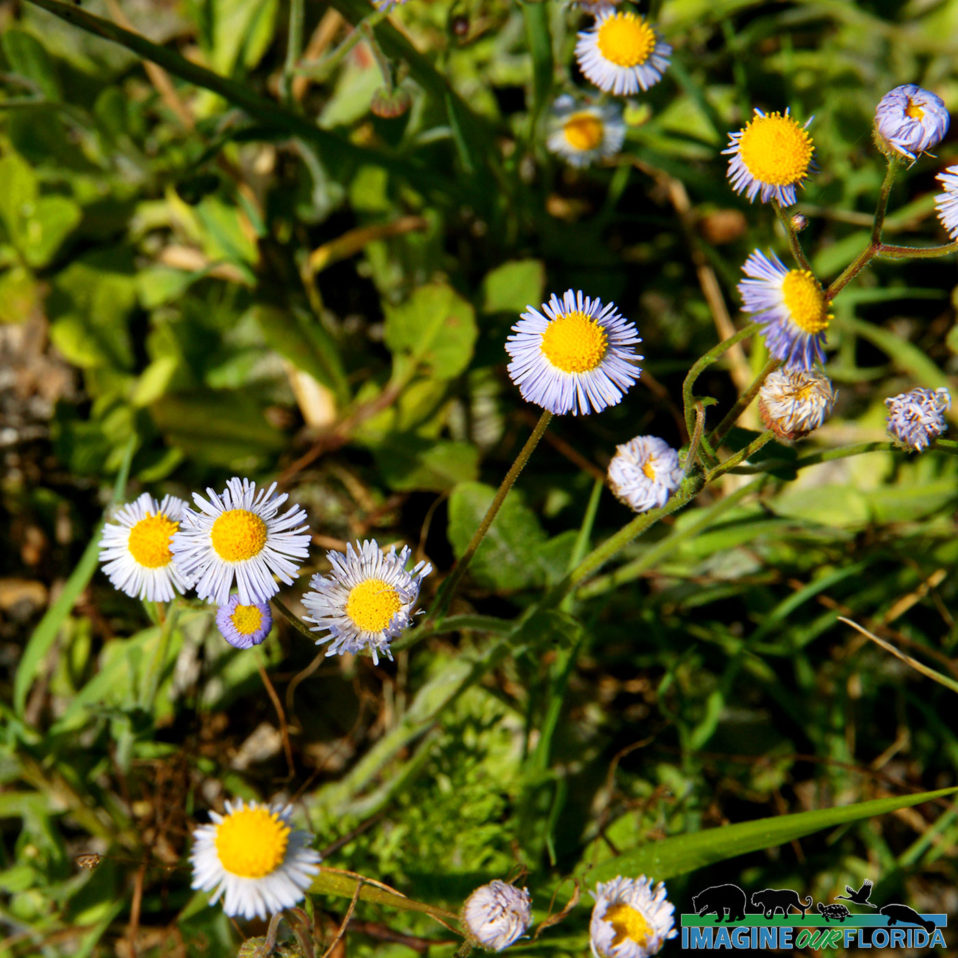
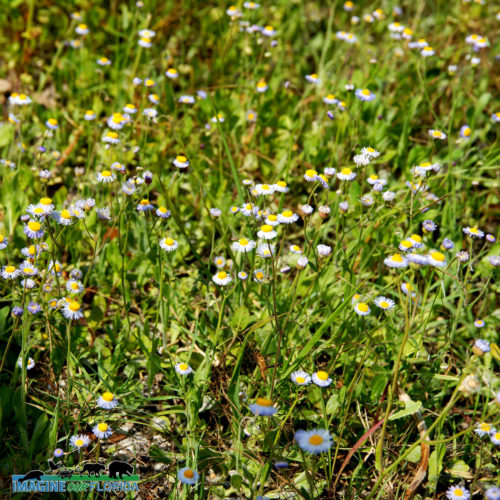
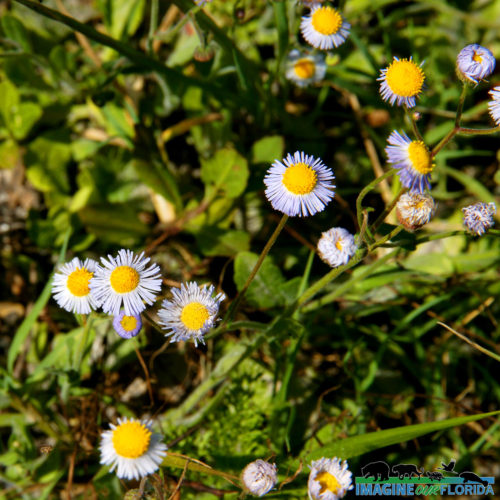
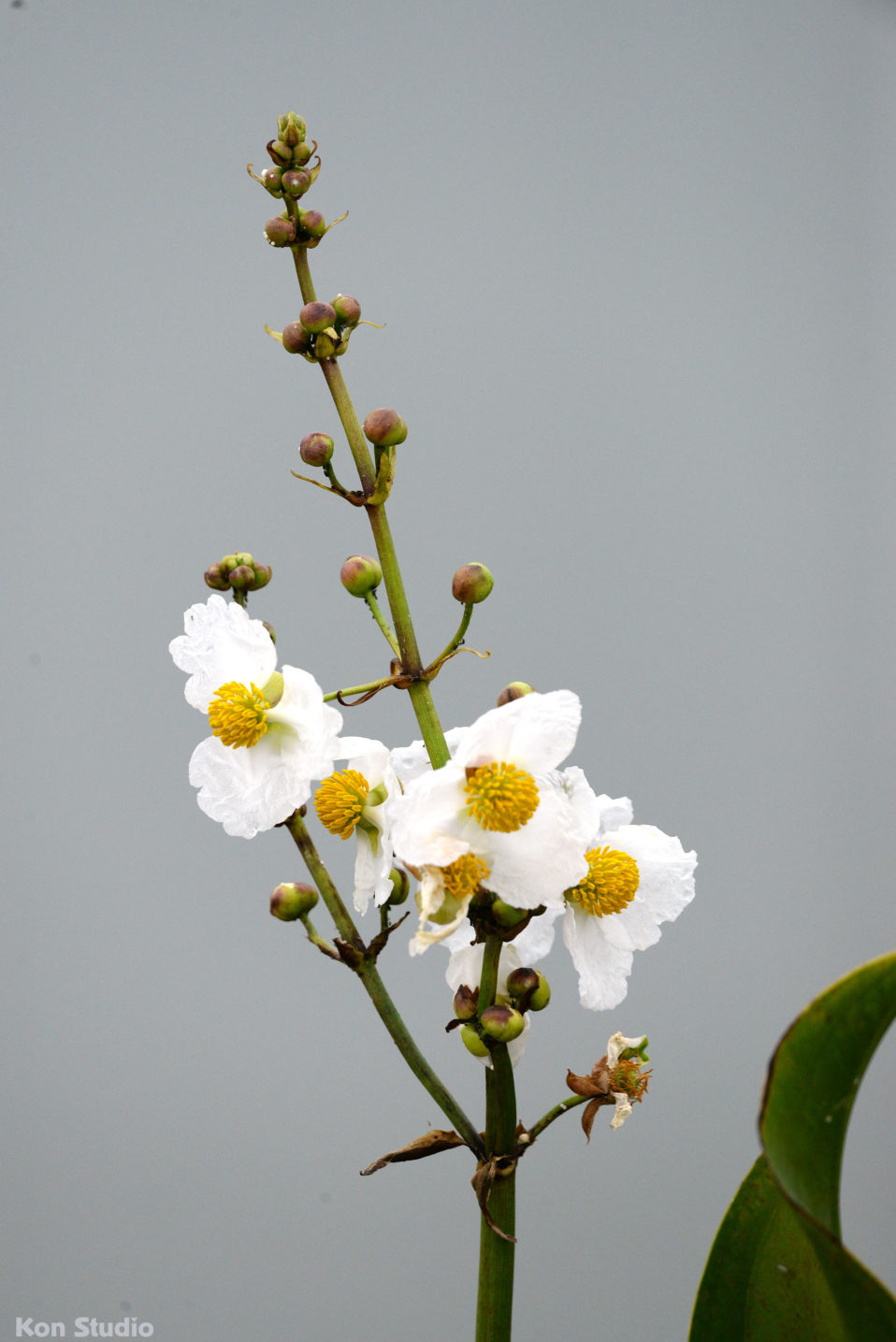
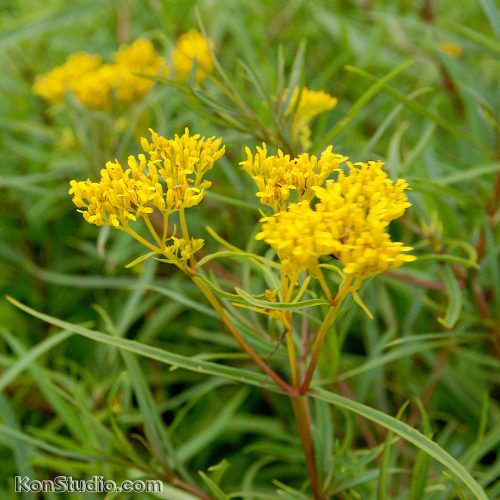
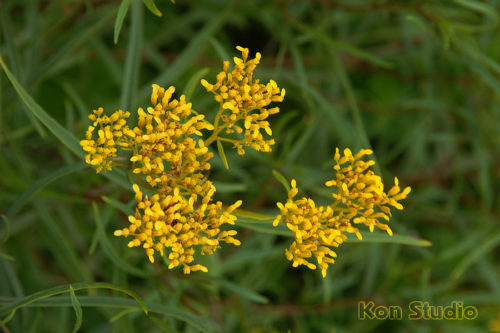
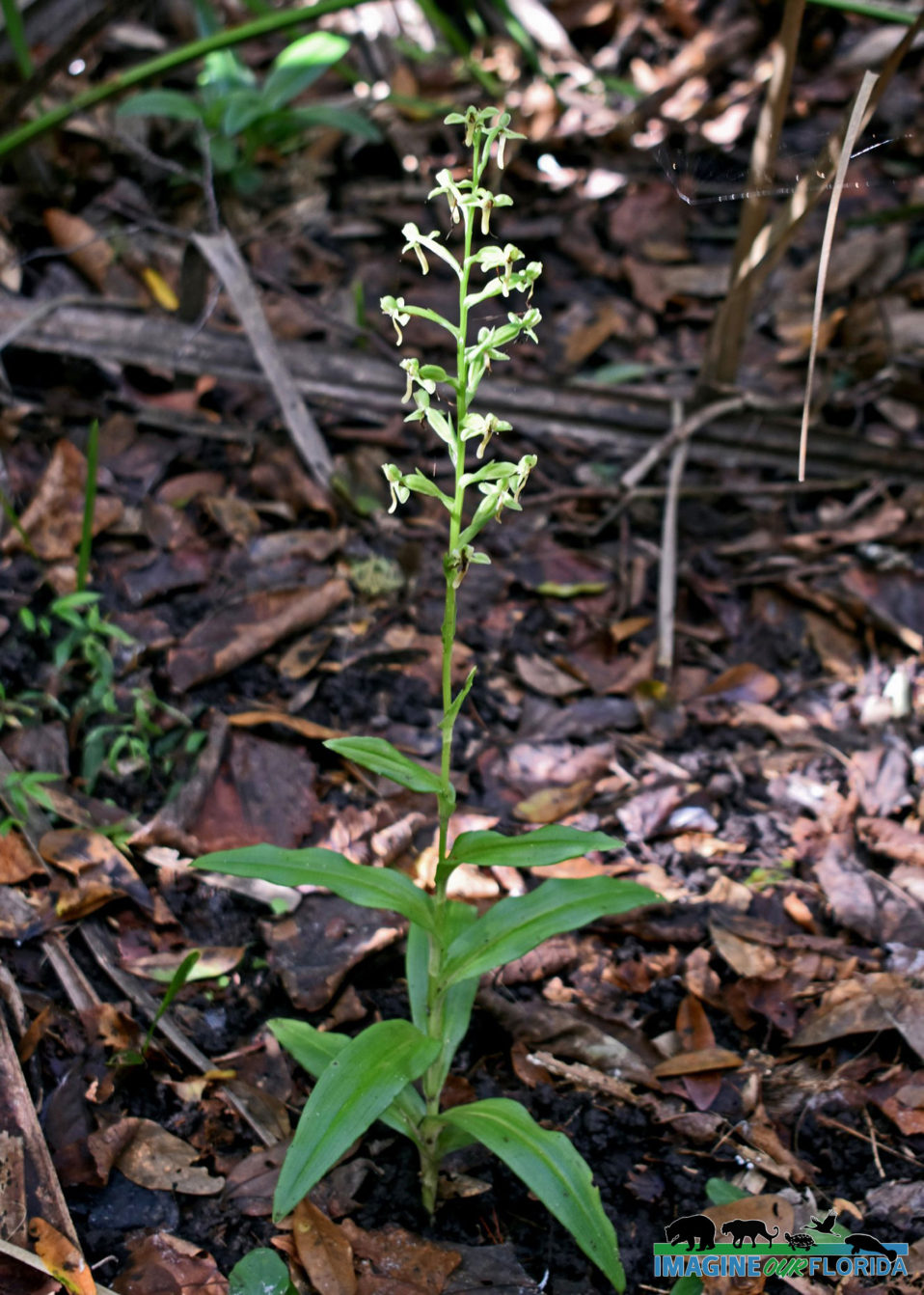
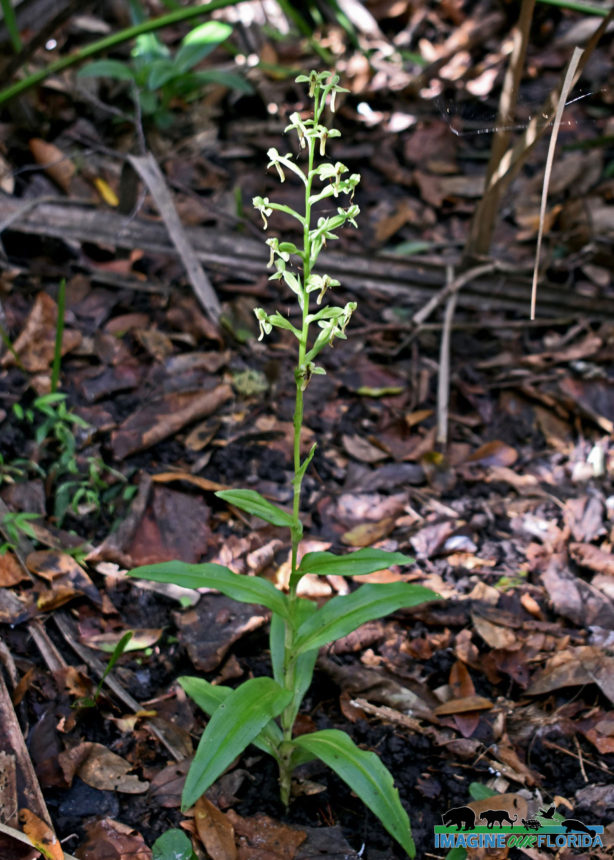
Recent Comments